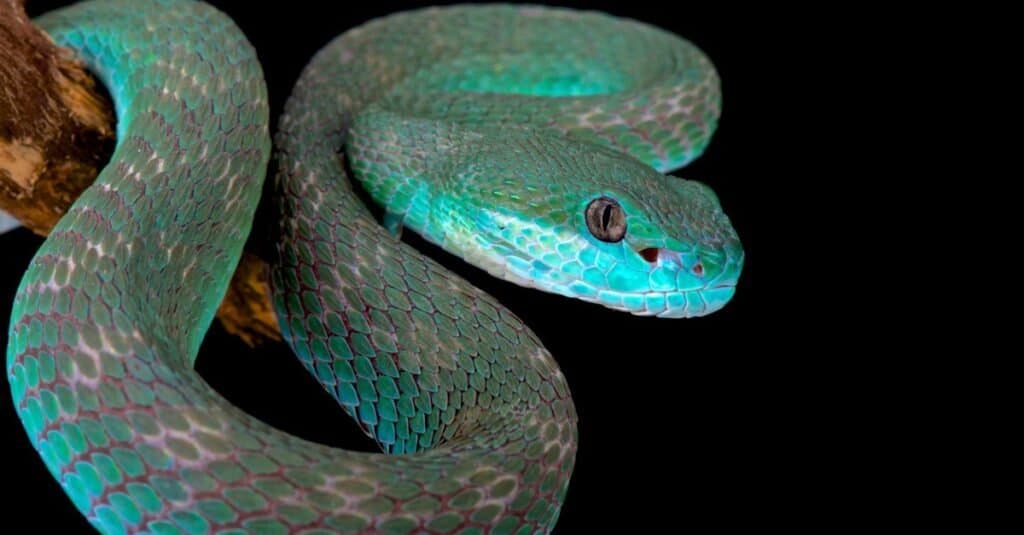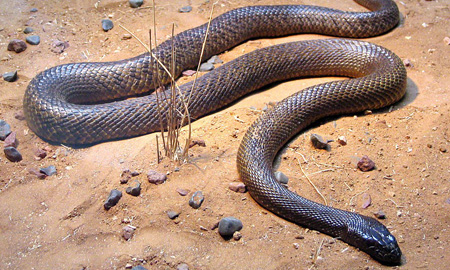Introduction
When it involves snakes in Australia, two of the most notorious types are the Eastern Brown Snake and the Tiger Snake Both are very poisonous and can pose serious dangers to humans, specifically when they are young and much less skilled. In this post, we're diving right into the distinctions between child Eastern Brown Snakes and baby Tiger Snakes, providing a detailed introduction that encompasses their environments, behaviors, looks, and much more. Comprehending these essential distinctions is not simply academically intriguing; it is crucial for safety and recognition in regions where these reptiles are prevalent.
Baby Eastern Brown Snakes vs. Baby Tiger Snakes: Secret Differences Explained
Overview of Baby Eastern Brown Snakes
The baby Eastern Emergency treatment Brown Snake (taxonomic name: Pseudonaja textilis) is one of the most hazardous serpents in Australia as a result of its potent venom and aggressive nature. Recognizing its qualities can be life-saving.
Physical Characteristics of Baby Eastern Brown Snakes
Baby Eastern Brown Snakes usually gauge around 20-- 30 cm at birth. They have a slender body with smooth ranges that may show up shiny. Their coloration varies from light brown to dark brownish or perhaps blackish tones.
- Coloration: Typically lighter than adults, infants might show unique patterns or markings. Head Shape: They have a somewhat wider head compared to their necks.
Habitat of Child Eastern Brown Snakes
These serpents favor a variety of environments including metropolitan locations, grasslands, timberlands, and also coastal regions. They flourish where there suffices cover and enough food supply.

- Urban Areas: Commonly located in gardens or parks. Natural Habitats: Commonly occupy bushland near agricultural lands.
Behavioral Characteristics of Child Eastern Brown Snakes
Baby Eastern Browns are understood for their fast reflexes and protective habits. When intimidated, they will certainly frequently act aggressively.
- Defensive Posture: Expanding their bodies while hissing. Speed: Extremely quick for both evasion and attacking prey.
Venom Potency of Baby Eastern Brown Snakes
The poison of a baby Eastern Brown Serpent is extremely potent. It includes neurotoxins that can lead to paralysis and even death if untreated.
Symptoms of Eastern Brown Serpent Bite
- Pain at the bite site Nausea Confusion Difficulty breathing
First Aid for Snake Bites from Infant Eastern Brown Snakes
If bitten by a baby Eastern Brown Snake, immediate emergency treatment is important:
Call emergency situation solutions immediately. Keep the target calmness; movement accelerates venom spread. Apply a stress bandage above the bite site to slow down poison transmission. Immobilize the influenced limb.Overview of Infant Tiger Snakes
On the various other hand, we have the baby Tiger Snake ( Notechis scutatus), which likewise brings hefty risks as a result of its poisonous bite and variable temperament.
Physical Characteristics of Baby Tiger Snakes
Typically birthed around 20-- 30 centimeters long as well, infant Tiger Snakes have unique Great site banding patterns along their bodies that can differ drastically in shade from olive eco-friendly to black.
- Coloration: The characteristic bands provide their name; nevertheless, some may show up extra consistently colored. Body Shape: More robust than the slender Eastern Browns.
Habitat of Infant Tiger Snakes
Tiger serpents prefer coastal regions however can likewise be found inland near swamps or marshes where they hunt for amphibians and fish.
- Wetlands: Their main habitat because of plentiful food sources. Coastal Areas: Typically seen basking on rocks near water bodies.
Behavioral Traits of Child Tiger Snakes
While generally much less hostile than their eastern counterparts when young, child Tiger Snakes can still pose significant threat when collared or threatened.

- Defensive Mechanisms: Known for flattening their bodies when really feeling threatened. Hunting Techniques: Ambush predators that utilize stealth as opposed to speed.
Venom Potency of Baby Tiger Snakes
The poison from a child Tiger Snake consists of neurotoxins as well yet is likewise hemotoxic, influencing blood coagulation causing severe inner blood loss if left untreated.
Symptoms of Tiger Serpent Bite
Unlike attacks from an eastern brownish serpent:
- Initial pain can be gone along with by swelling. Possible bleeding at wounds or gums.
First Help for Serpent Bites from Baby Tiger Snakes
Like with an eastern brown snake bite:
Call emergency solutions immediately. Avoid motion; keep the sufferer still. Apply a stress plaster over the bite location to limit blood flow. Immobilize the limb while awaiting medical assistance.Comparison Table
|Function|Baby Eastern Brown Serpent|Baby Tiger Serpent|| -------------------------------|------------------------------------|------------------------------------|| Size|20-- 30 cm|20-- 30 cm|| Coloration|Light/dark brown|Olive green/black with bands|| Habitat|Urban locations & & grasslands|Coastal areas & & marshes|| Actions|Aggressive & & protective|Much less hostile yet will certainly defend|| Poison Type|Neurotoxic|Neurotoxic + hemotoxic|| First Aid Approach|Stress bandage & & immobilization|Pressure bandage & & immobilization|
Frequently Asked Inquiries (FAQs)
What makes infant Eastern Brown snakes dangerous?
Baby Eastern Browns possess highly powerful poison that contains neurotoxins efficient in causing paralysis or death if neglected promptly. Their aggressive nature adds to their danger as they often tend to react defensively when approached.
Are all tiger snakes venomous?
Yes! All tiger serpents carry venom that threatens to people; however, their temperament tends to be less aggressive contrasted to various other types like the eastern brownish serpent unless provoked or cornered.

How do I recognize a child tiger snake?
An adolescent tiger serpent normally has actually pronounced banding patterns throughout its body which may differ in color from olive green to dark brownish-black tones relying on its habitat location-- coastal areas often display more vibrant shades than inland specimens.
What must I do if attacked by either snake?
Call emergency situation solutions instantly! In both cases-- whether attacked by an eastern brownish or tiger serpent-- maintaining still and applying a stress bandage above the bite mark while waiting for medical help can save lives by decreasing contaminant absorption right into your bloodstream.
Can I deal with snake attacks at home?
It's strongly advised against dealing with serpent attacks at home because incorrect techniques might aggravate problems! Constantly seek professional clinical interest as soon as possible adhering to any believed snakebite incident!
Where do these snakes mainly live?
Baby eastern browns tend toward city atmospheres such as gardens while child tiger snakes prefer swamps near coastal areas with sufficient access food sources like frogs and fish!
Conclusion
Understanding the distinctions in between infant Eastern Brown Snakes and child Tiger Snakes is not simply a scholastic workout-- it's important for security in areas where these snakes are prevalent. Both types display special physical qualities, behaviors, environments, and levels of poison poisoning that require various strategies relating to first aid therapy after bites occur.
Knowing just how each types behaves can aid alleviate threats associated with experiences while improving recognition regarding Australia's Conservation and Education diverse wild animals landscape-- a crucial part of living harmoniously within this spectacular community!
In recap, whether you're treking with bushland or enjoying exterior activities in metropolitan setups throughout Australia-- stay sharp! Knowledge truly is power when it comes down securing on your own against prospective threats prowling within our all-natural world!
By keeping educated concerning species like Pseudonaja textilis and Notechis scutatus, you're taking positive actions towards ensuring not simply your own safety yet likewise promoting regard in the direction of these remarkable animals that share our planet!